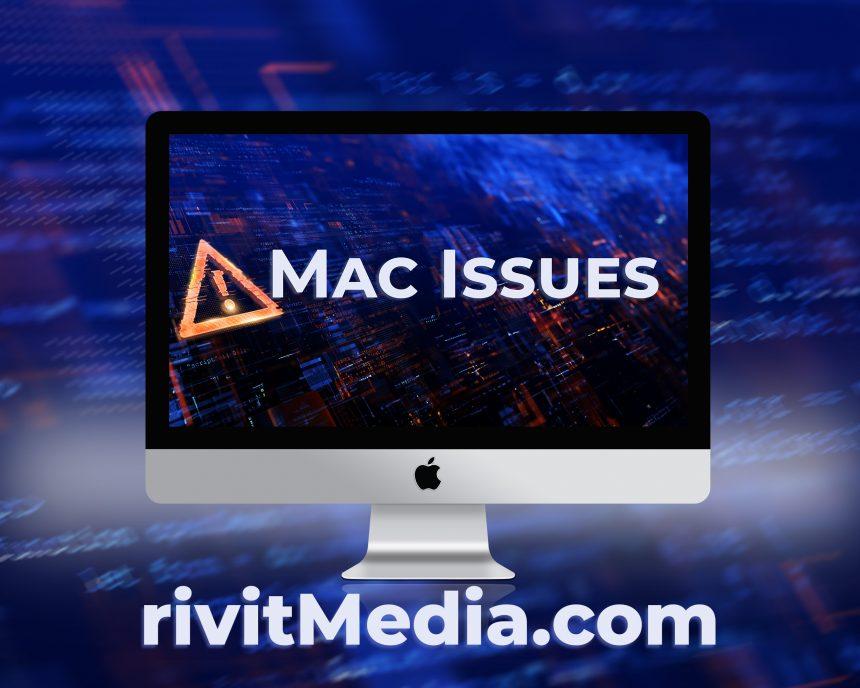In recent years, Mac users have increasingly encountered a persistent and intrusive adware known as UDisplay. This adware, while not classified as a traditional virus, can cause significant disruption and potential harm to your Mac system. Understanding its origins, actions, and consequences is crucial for safeguarding your device and personal information.
Details of UDisplay
UDisplay operates as adware, categorized as a Potentially Unwanted Application (PUA). It often infiltrates Mac systems through deceptive means, such as bundled with other software or disguised as software updates. Once installed, it unleashes a barrage of intrusive pop-up ads, hijacks browser settings, and may even lead to the installation of additional unwanted programs. Users may encounter misleading prompts, such as fake Adobe Flash Player updates, which serve as entry points for UDisplay.
Upon infecting a Mac system, UDisplay disrupts the online experience by inundating users with advertisements across popular web browsers like Mozilla Firefox, Google Chrome, Internet Explorer, and Safari. These modifications not only degrade the performance of the Mac but also increase the risk of malicious redirects. Furthermore, UDisplay engages in clandestine data collection, compromising user privacy by monitoring activities and harvesting personal data. While not classified as a virus, UDisplay poses a significant security concern due to its adware features and potential for backdoor vulnerabilities.
Detecting UDisplay on your Mac can be challenging, as it often operates covertly. However, some antivirus software may flag it as adware or a potentially unwanted program. Common detection names for UDisplay include variations of adware or PUA classifications. Similar threats to UDisplay include adware variants like Genieo, InstallMac, and VSearch, which employ similar tactics to infiltrate Mac systems and disrupt user experiences.
UDisplay Removal Guide
- Manual Removal:
a. Quit the affected web browsers.
b. Navigate to the Applications folder and locate any suspicious or unfamiliar applications.
c. Drag the suspicious applications to the Trash.
d. Empty the Trash to permanently delete the unwanted applications.
e. Remove any related browser extensions:
i. Open each web browser.
ii. Navigate to the Extensions or Add-ons section.
iii. Remove any extensions associated with UDisplay or unfamiliar ones. - Reset Browser Settings:
a. Open each affected web browser.
b. Go to the browser’s settings or preferences.
c. Reset the browser settings to default to remove any modifications made by UDisplay. - Check System Preferences:
a. Go to System Preferences > Profiles.
b. Remove any suspicious profiles that may have been installed by UDisplay. - Clear Browser Cache and Cookies:
a. Open each affected web browser.
b. Go to the browser’s settings or preferences.
c. Clear browsing data, including cache and cookies, to remove any remnants of UDisplay.
Preventing Future Infections
- Exercise Caution When Downloading Software:
a. Download software only from reputable sources.
b. Read user reviews and research the software before downloading. - Be Wary of Software Updates:
a. Obtain software updates from official websites or trusted sources.
b. Avoid clicking on suspicious pop-up prompts claiming to update software. - Install Ad Blockers:
a. Use ad-blocking browser extensions to mitigate the risk of encountering adware. - Keep Antivirus Software Updated:
a. Install reputable antivirus software and keep it updated to detect and remove potential threats like UDisplay.
Conclusion
UDisplay poses a significant threat to Mac users, causing disruption, compromising privacy, and potentially exposing systems to further vulnerabilities. Understanding how to detect and remove UDisplay, along with implementing preventive measures, is essential for maintaining the security and integrity of your Mac system. By following the removal guide and adopting best practices for prevention, users can minimize the risk of encountering similar adware threats in the future.





